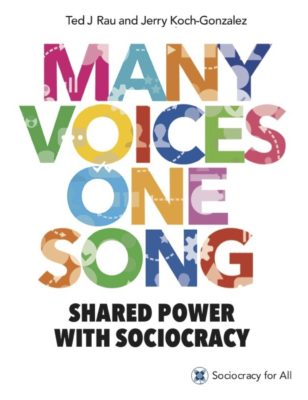Sociocracy is a governance method based on collaboration, self-organization, and distributed authority. It is designed for transparency, inclusiveness, and accountability. Democracy values freedom and equality but doesn’t have a governance structure guaranteed to ensure them. A Sociocratic Democracy uses the methods of sociocracy to achieve the values of democracy creating a practical and effective way to organize. This site is about sociocracy and the ways in which it can help democracy achieve its highest goal: freedom and equality for all, finally.
 I find the word block in consensus decision-making destructive. It is particularly counter-productive when used to refer to all objections, rather than seemingly unresolvable objections.
Objections do feel like blocks when after hours of discussion a person or persons will not consent — I find myself feeling this too. And sometimes when I object, in my gut I really want to block. I don’t want to argue the point, I just want to BLOCK. The… Read More . . . ““Blocks” & Vetos in Consensus Decision-Making”
I find the word block in consensus decision-making destructive. It is particularly counter-productive when used to refer to all objections, rather than seemingly unresolvable objections.
Objections do feel like blocks when after hours of discussion a person or persons will not consent — I find myself feeling this too. And sometimes when I object, in my gut I really want to block. I don’t want to argue the point, I just want to BLOCK. The… Read More . . . ““Blocks” & Vetos in Consensus Decision-Making” I find the word block in consensus decision-making destructive. It is particularly counter-productive when used to refer to all objections, rather than seemingly unresolvable objections.
Objections do feel like blocks when after hours of discussion a person or persons will not consent — I find myself feeling this too. And sometimes when I object, in my gut I really want to block. I don’t want to argue the point, I just want to BLOCK. The… Read More . . . ““Blocks” & Vetos in Consensus Decision-Making”
I find the word block in consensus decision-making destructive. It is particularly counter-productive when used to refer to all objections, rather than seemingly unresolvable objections.
Objections do feel like blocks when after hours of discussion a person or persons will not consent — I find myself feeling this too. And sometimes when I object, in my gut I really want to block. I don’t want to argue the point, I just want to BLOCK. The… Read More . . . ““Blocks” & Vetos in Consensus Decision-Making”
